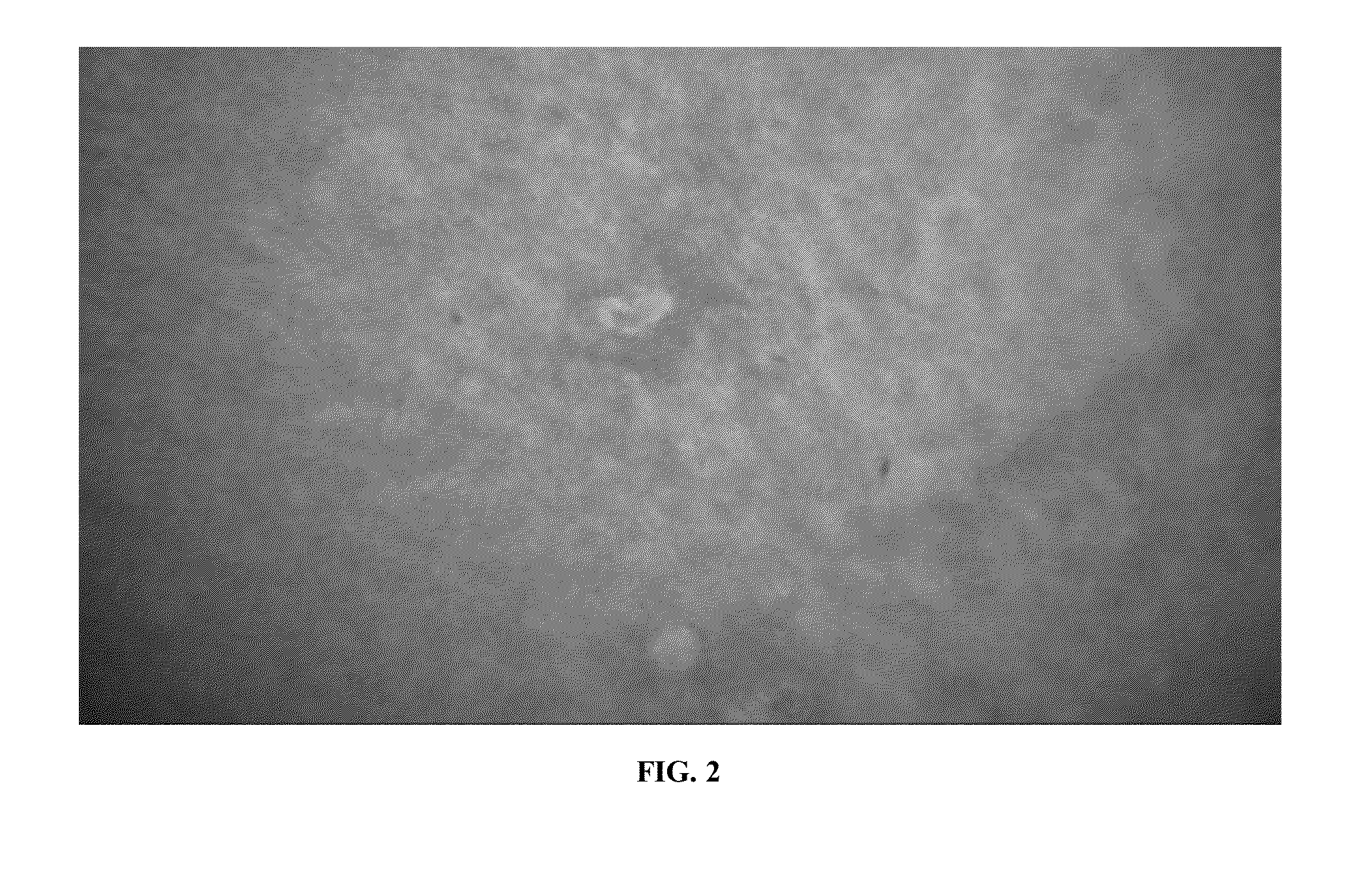Method for Obtaining Cell and Tissue Specific Biomolecules
a biomolecule and cell technology, applied in the field of biomaterial collection, can solve the problems of destructing the original material being studied, etc., and achieve the effect of increasing the time and cost of cell- and tissue-specific studies
- Summary
- Abstract
- Description
- Claims
- Application Information
AI Technical Summary
Benefits of technology
Problems solved by technology
Method used
Image
Examples
Embodiment Construction
[0043]The above described drawing figures illustrate aspects of the invention in at least one of its exemplary embodiments, which are further defined in detail in the following description. Aspects of the invention and its biomaterial collection methods can now be better understood as set forth below in connection with FIGS. 1-5 disclosing exemplary method steps thereof. Turning now to FIG. 1, the general method steps in one embodiment are shown. First, in FIG. 1A there is shown a schematic view of a representative complex tissue section, in accordance with at least one embodiment; particularly, representing a step showing a tissue (a mouse brain in this particular example) prepared and sectioned. In FIG. 1B, there is shown the application of microbeads to the selected tissue section. Such beads may be magnetic, but not necessarily so; an example of a substantially non-magnetic bead that could be employed according to aspects of the present invention is oligo(dT)25-cellulose beads ...
PUM
| Property | Measurement | Unit |
|---|---|---|
| Thickness | aaaaa | aaaaa |
| Diameter | aaaaa | aaaaa |
| Density | aaaaa | aaaaa |
Abstract
Description
Claims
Application Information
 Login to View More
Login to View More - R&D
- Intellectual Property
- Life Sciences
- Materials
- Tech Scout
- Unparalleled Data Quality
- Higher Quality Content
- 60% Fewer Hallucinations
Browse by: Latest US Patents, China's latest patents, Technical Efficacy Thesaurus, Application Domain, Technology Topic, Popular Technical Reports.
© 2025 PatSnap. All rights reserved.Legal|Privacy policy|Modern Slavery Act Transparency Statement|Sitemap|About US| Contact US: help@patsnap.com



